Pneumatic butterfly valve installation instructions
Pneumatic butterfly valve installation instructions and steps
Whether the pneumatic butterfly valve is installed well will affect the efficiency of the equipment. And the maintenance of the pneumatic butterfly valve is also related to the performance of the equipment. Improper installation or lack of maintenance will cause the performance of the butterfly valve to decline, and even unnecessary dangers. The user should check and maintain the pneumatic butterfly valve as scheduled.

D673H-16C-stainless steel pneumatic triple eccentric butterfly valve
1. Before installation, check that all parts of the pneumatic butterfly valve are not missing, the model is correct, there is no debris in the valve body, and there is no blockage in the solenoid valve and muffler;
2. Put the valve and cylinder in the closed state.
3. Hit the cylinder against the valve (the installation direction is either parallel or perpendicular to the valve body), and then check whether the screw holes are aligned, there will be no too much deviation, if there is a little deviation, just rotate the cylinder body a little. , And then tighten the screws.
4. After installation, debug the pneumatic butterfly valve (the air supply pressure is 0.4~0.6MPa under normal circumstances), and the solenoid valve must be opened and closed manually during the debugging operation (the solenoid valve coil can only be operated manually after the solenoid valve coil is de-energized). Observe the opening and closing of the pneumatic butterfly valve. If the valve is found to be a bit difficult at the beginning of the opening and closing process during the debugging operation, and then it is normal, you need to reduce the stroke of the cylinder (the stroke adjustment screws at both ends of the cylinder should be adjusted inward at the same time, and the valve should be moved to the open position during adjustment. , Then turn off the air source and adjust again) until the valve opens and closes smoothly and closes without leakage. It should also be noted that the adjustable silencer can adjust the opening and closing speed of the valve, but it should not be adjusted too small, otherwise the valve may not operate.
5. Defa should be kept dry before installation, and should not be stored in the open air;
6. Check the pipeline before installing the butterfly valve to ensure that there is no foreign matter such as welding slag in the pipeline;
7. The manual opening and closing resistance of the butterfly valve body is moderate, and the torque of the butterfly valve matches the torque of the selected actuator.
8. The flange specification for butterfly valve connection is correct, and the pipe clamp flange conforms to the

ductile iron, DI, butterfly valve, manufacturer, center line, TH valve
butterfly valve flange standard. It is recommended to use special flanges for butterfly valves instead of flat welding flanges.
9. Confirm that the flange welding is correct. After the butterfly valve is installed, the flange must not be welded to avoid scalding the rubber parts.
10. The installed pipe flange should be centered and centered with the inserted butterfly valve.
11. Install all the flange bolts and tighten them by hand. It will be confirmed that the butterfly valve and the flange have been aligned, and then the butterfly valve will be opened and closed carefully to ensure flexible opening and closing.
12. Fully open the valve. Use a wrench to tighten the bolts in diagonal order. No washers are needed. Do not overtighten the bolts to prevent serious deformation of the valve ring and excessive opening and closing torque.
Related knowledge: Installation instructions for ventilation butterfly valves; Installation instructions for telescopic butterfly valves
TH Valve is a professional manufacturer of butterfly valve, gate valve, check valve, globe valve, knife gate valve, ball valve with API, JIS, DIN standard, used in Oil, Gas, Marine industry, Water supply and drainage, fire fighting, shipbuilding, water treatment and other systems, with Nominal Diameter of DN50 to DN1200, NBR/EPDM/VITON, Certificates & Approvals: DNV-GL, Lloyds, DNV, BV, API, ABS, CCS. Standards: EN 593, API609, API6D
Related news /knowledge:
Working Principle of Pneumatic Gate Valve;
Wafer butterfly valve installation instructions and steps;
Pneumatic ball valve installation instructions;
Installation instructions of double eccentric butterfly valve;

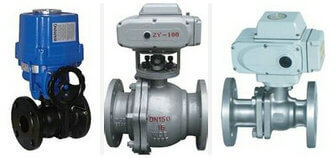
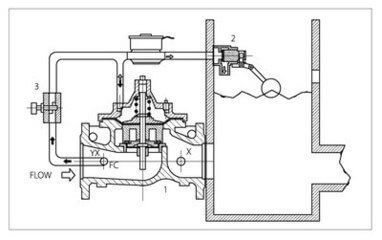
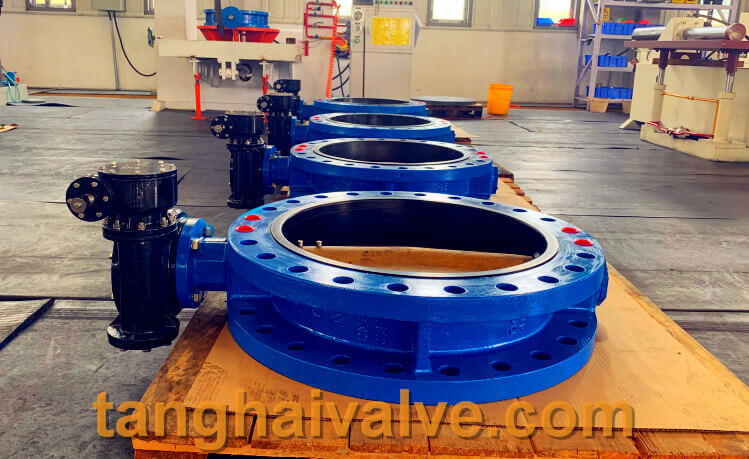
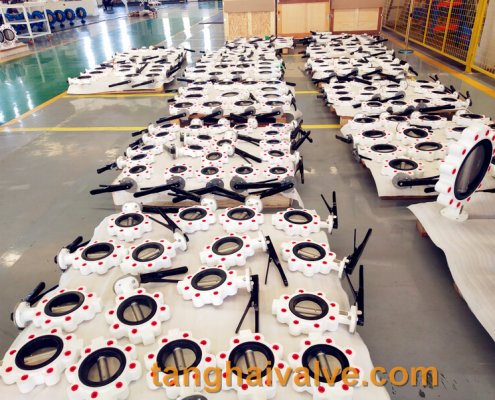
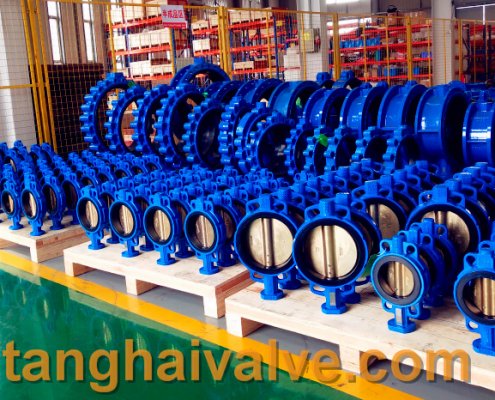


 © Copyright 2020 Tianjin Tanghaidongyang Valve Co., Ltd. All Rights Reserved.
© Copyright 2020 Tianjin Tanghaidongyang Valve Co., Ltd. All Rights Reserved.